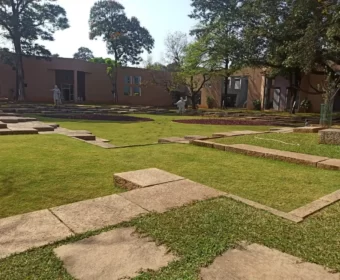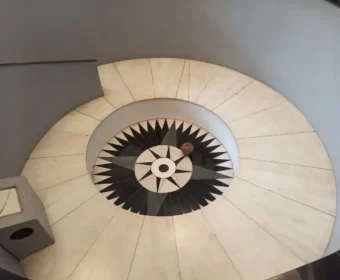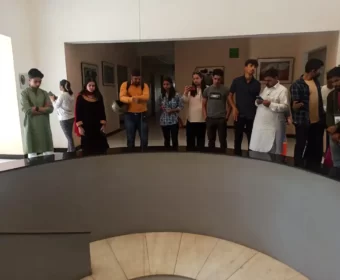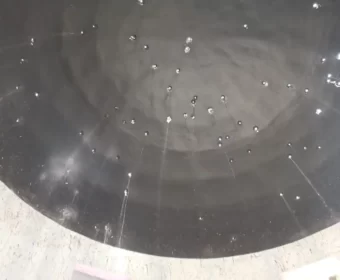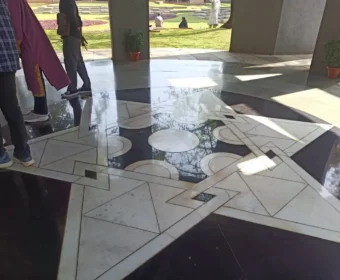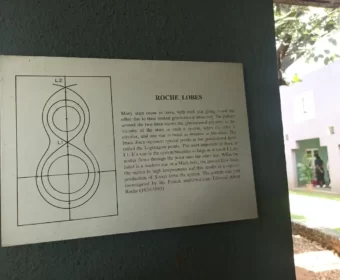Inter-University Centre for Astronomy and Astrophysics (IUCAA), Pune was set up in 1988 by the University Grants Commission (UGC) as an autonomous centre of excellence to help initiate and nurture, research and developmental activities in Astronomy and Astrophysics in the university sector.
IUCAA aims to be a centre of excellence within the university sector for teaching, research and development in astronomy and astrophysics.
IUCAA takes its research to the masses through an Open Day on February 28 every year. This day is also popularly recognized as National Science Day (NSD). Anyone can visit the campus to attend and participate in popular science exhibitions, lectures, demonstrations, screening of scientific films, Q&A sessions, etc.
Public visits to the main campus are conducted only on Saturdays at 11 am (other than on National Science Day). This includes an introduction to IUCAA, a visit inside the main campus, a look at the salient areas, description of astronomy through related exhibits. small Q&A session at the end of the visit.
Visit at IUCAA helped students and volunteers get in touch with the latest technology and have the expertise views and knowledge to smoothly integrate new technology solutions with their existing knowledge.
Students and Volunteers were introduced to different aspects of Astronomy and Astrophysics.
Students and Volunteers were shown different projects involving LIGO, MODEL of IUCAA, TARAMANDAL, etc.
Aeronautics and space exploration (AXSX) was assigned to Mayuri Patwardhan from IUCAA for the smooth conduction of the visit.
She explained various aspects of the IUCAA from its establishment to its current standing as one of India’s pioneer institutes in astronomy and astrophysics.
She also highlighted some of the important projects undergoing in IUCAA including projects related to Black Holes, the Detection of Gravitational waves, LIGO etc.
She also told Students and Volunteers about upcoming activities of IUCAA and astronomical events. During the visit, Students and volunteers were keen towards understanding astronomical happenings and inspired by meeting with Aryabhatta, Sir Issac Newton, Galileo Galilei, and Albert Einstein (Statues) whose mere presence as a statue made the IUCAA holistic place for scientists and Engineers.


